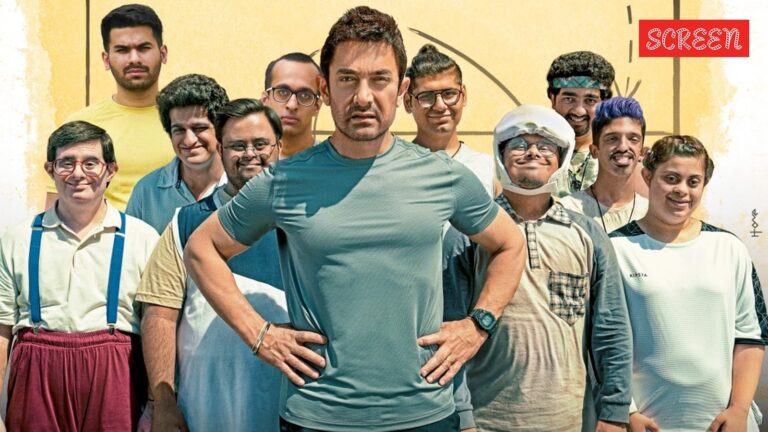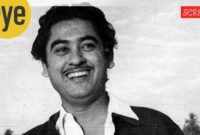Hours before the evening bus is supposed to arrive, the old man has seated himself at his usual spot, waiting for his son to come home as promised. Raghu, the younger child of Raghavan Chakyar, is a student at an engineering college in a distant town. ‘Isn’t today the right day?’ Raghavan asks his daughter while returning alone from the bus stop for the first time. ‘It is probably just a day’s delay,’ a neighbour tells the old man on the second day that Raghu fails to turn up. On the third day, Raghavan goes to the bus stop in the morning, only to return — once again — alone. ‘Did I not tell you the bus won’t come in the morning?’ comes the gentle chastisement from the boatman who has been ferrying Raghavan to the bus stop. Slowly, over the course of its 110-minute runtime, a terrible absence — a person-shaped hole — takes form at the centre of Shaji N Karun’s ‘Piravi’.
Generally believed to be inspired by the infamous case of the disappearance of P Rajan, a student at the Regional Engineering College Calicut, during the Emergency, ‘Piravi’ (1989) was Karun’s directorial debut. Already a lauded cinematographer, especially for his work with auteur G Aravindan (who also co-composed the music for his protege’s debut), Karun won wide acclaim for the Malayalam film, including the Mention D’Honneur – Camera D’Or at the 1989 Cannes Film Festival. While the filmmaker denied being inspired by any specific story when making ‘Piravi’, saying that it was about the wider problem of custodial deaths, the parallels with the Rajan case are undeniable. ‘Piravi’ is set in 1988, 11 years after the Emergency had ended, but like Raghavan in the film, T V Eachara Warrier had set out on a dogged quest in 1976 to find out what happened to his son, Rajan. His long battle that finally unearthed the awful truth about his son’s disappearance — wrongful arrest, torture and death in custody — resulted in one of the most well-known habeas corpus cases in India. It rocked the Kerala government, leading to the resignation of Chief Minister K Karunakaran a month after he led the Congress-led coalition to a landslide victory in the 1977 Assembly election.
Karun, in ‘Piravi’, was less interested in the legal and political aspects of the nightmare that Warrier endured, than he was in exploring, through the visual medium, the problem of depicting a disappearance: How do you show someone who is not there? Raghu’s is an unfathomable absence and the film, as it delineates the anxiety and grief of the bereaved, takes shape around the vacuum that comes to represent the missing son. The film marks a visual and sonic challenge, masterfully tackled: Like Raghu, the rain announces its arrival — monsoon winds slam doors and windows, waves crash on the beach, the afternoon darkens — only to disappoint. The landscape is suffused with sound, both human and non-human — the gentle gurgling of the river, the susurration of the wind through the reeds, the tick-tock of Raghavan’s wristwatch. Yet, what throws these into sharp relief, making each one ring out loud and clear, is the utter silence of the one who never returned home.
Many films have been made about that dark period from June 25, 1975, to March 21, 1977, most of them focusing on the political machinations or stories of state repression. As its creator stated, ‘Piravi’ may not be explicitly about the Emergency, yet few other films have so effectively examined the haunting question of what happens after an episode of state repression. What happens to the ones left behind? Decades after Warrier trudged from pillar to post, desperately seeking out the truth and trying to hold to account those responsible for his son’s death, ‘Piravi’ reminds viewers of other fathers and mothers, husbands and wives, haunted by the disappearance of their loved ones.























